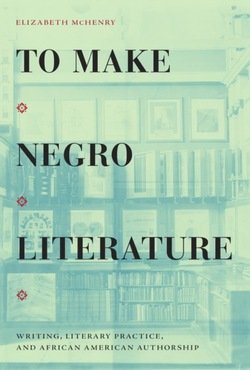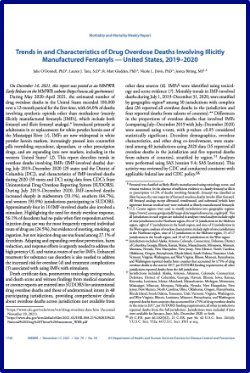By Hans Derks
This is the first scholarly study in which the production, trade and political effects of opium and its derivatives are shown over many centuries, and in many countries (China, India, Indonesia, Japan, all Southeast Asian countries and some in Europe and the Americas). Starting in the 16th century, slavery and opium became the two means with which the bodies and souls of men and women in the tropics were exploited in western imperialism and colonialism. The first waned with the abolition movement in the 19th century, but opium production and trade continued to spread, with the associated serious social and political effects. Around 1670 the Dutch introduced opium as a cash crop for mass production and distribution in India and Indonesia. China became the main target in the 19th century, and only succeeded in getting rid of the opium problem around 1950. Then it had already been transformed from an “Eastern” into a “Western” problem.
Leiden; Boston: Brill, 2012. 850p.





















